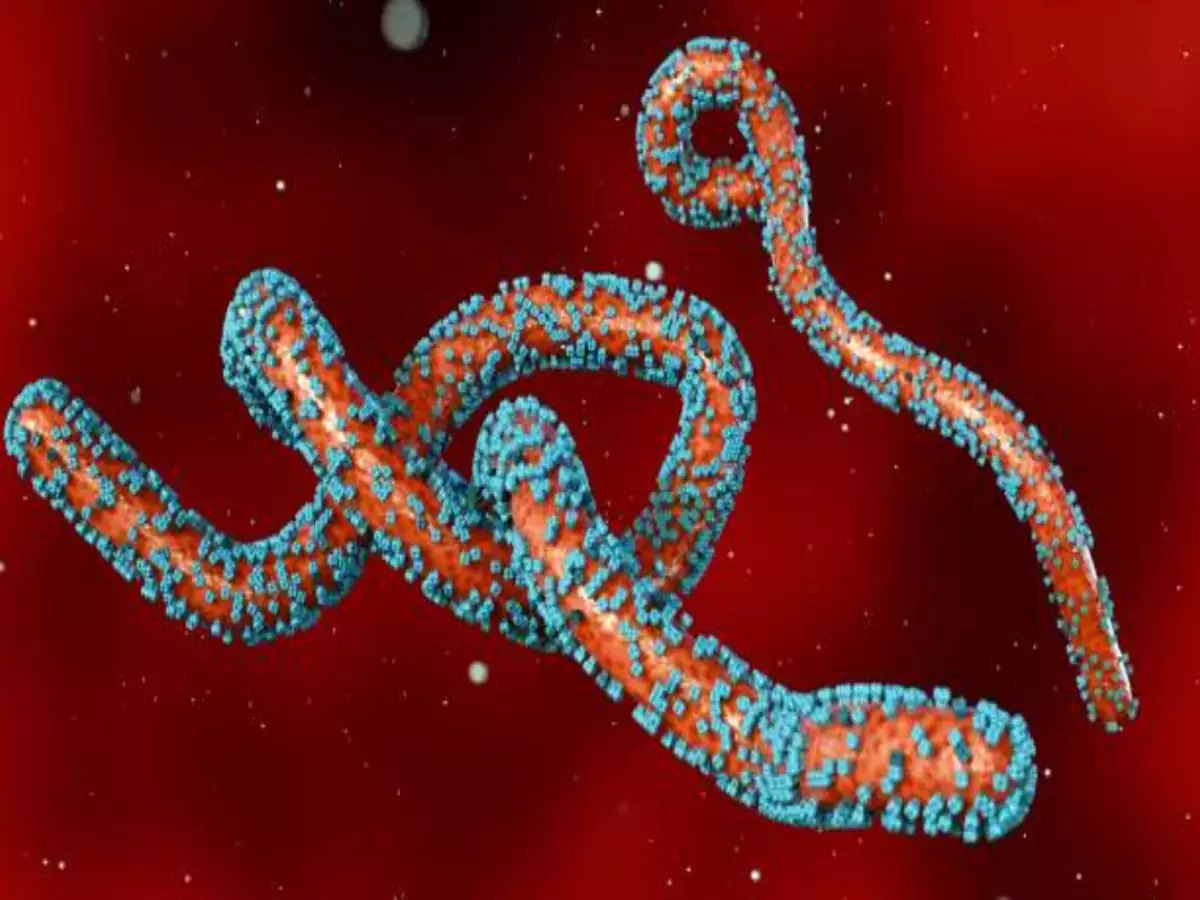A new wave of viral outbreaks has sparked global concern. The ‘Bleeding Eye’ virus, formally known as the Marburg virus, has claimed over 15 lives in Africa, infecting hundreds more. Travelers to the UK and Africa have been cautioned against the deadly disease as it threatens to spread further. Meanwhile, the ongoing transmission of Mpox and Oropouche viruses in various countries has added to the unease.
The Alarming Spread of Marburg Virus
Dubbed the ‘Bleeding Eye’ virus due to its distressing symptom of ocular bleeding, Marburg is among the deadliest pathogens known, with a 50% fatality rate. Reports indicate the virus has killed 15 people in Rwanda, and fears loom over its spread to other African nations struggling to contain similar outbreaks. Marburg spreads through contact with infected blood, body fluids, or mucous membranes. Its symptoms emerge suddenly after an incubation period of 2–21 days, including:- High fever
- Intense headaches
- Extreme fatigue and muscle pain
- Bleeding from eyes, gums, nose, and other orifices
- Internal hemorrhaging
- Disorientation and shock
Mpox: A Growing Threat Beyond Africa
Mpox, previously confined to central African nations, has surfaced in Burundi, Uganda, Kenya, and the Democratic Republic of Congo, among others. Alarmingly, the UK has reported five cases of the more severe Mpox clade 1 this year. One recent patient had returned from Uganda, and others were found within a single household in London. Mpox symptoms typically surface 21 days after exposure and include:- A blister-like rash on the face, palms, feet, and genital areas
- Muscle and joint pain
- Fever, swollen glands, chills, and headaches
Precautions Against Mpox
Travelers are urged to follow strict hygiene measures:- Avoid physical contact with those displaying rashes or flu-like symptoms
- Wash hands frequently
- Use hand sanitizers
Oropouche: A Silent Menace in South America and the Caribbean
Oropouche virus, transmitted through midge bites, has infected over 10,000 people this year across Brazil, Bolivia, Colombia, and other countries, including tourist hotspots in the Caribbean. Though fatal cases are rare, the virus has no specific treatment or vaccine. Symptoms usually appear 3–10 days post-infection and last about a week, including:- Fever and chills
- Nausea and vomiting
- Joint and muscle pain
- Rash and headache

